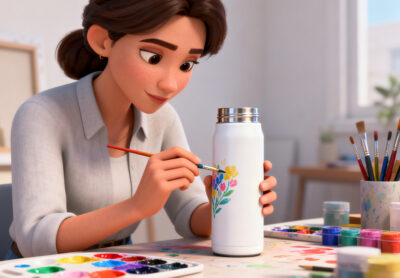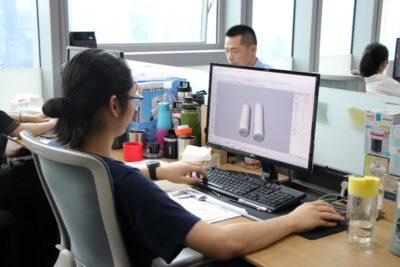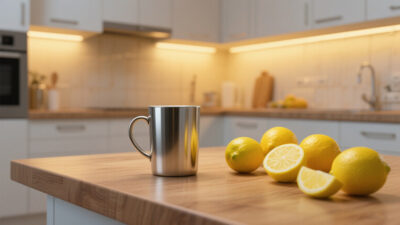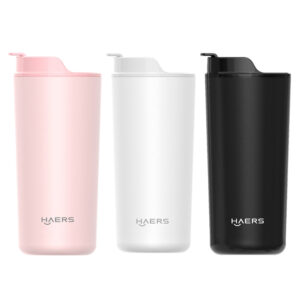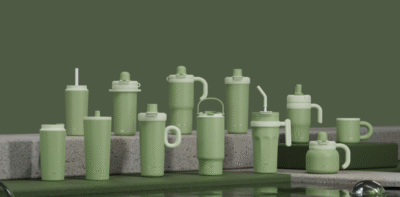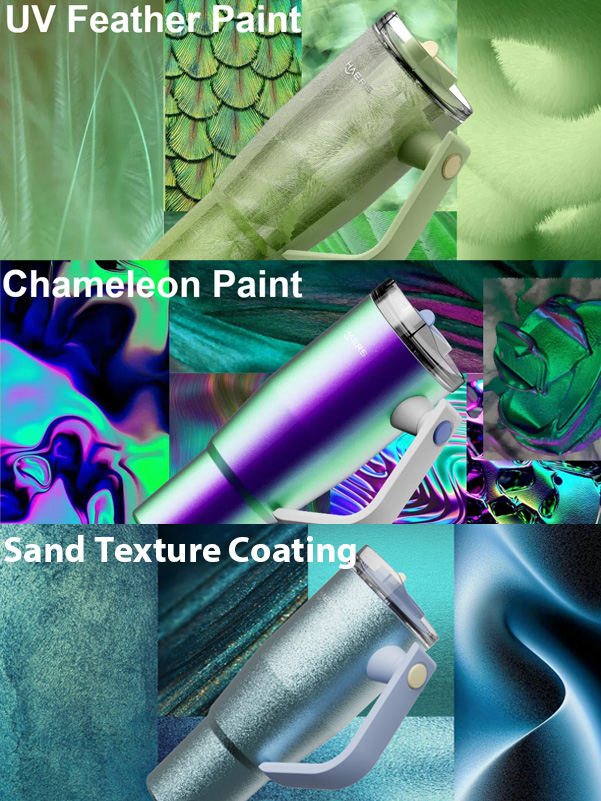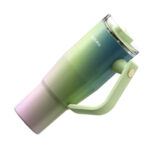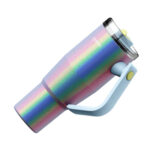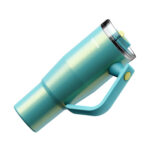The Types of Plastic Bottles
Plastic water bottles have become an integral part of modern life. Compared to traditional glass and ceramic cups, plastic bottles are lightweight, durable, and affordable, making them a popular choice for everyday use. Many concerns are also raised due to the characteristics of the material itself. Among so many types of plastic bottles, are they safe and non-toxic to humans, or are they environmentally friendly to the earth?
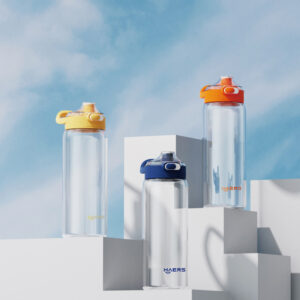
Table of Contents
ToggleWhy Are Plastic Water Bottles So Popular?
Plastic water bottles have become a go-to option for many people simply because they’re lightweight, durable, and affordable. Unlike glass or ceramic, they’re easy to toss in a bag without worrying about cracks or extra weight—perfect for commuting, workouts, school, or everyday use.
What really sets them apart is their versatility. Plastic is easy to shape and style, so you’ll find bottles in everything from fun cartoon designs to sleek, modern finishes. Many also come with added features like antibacterial coatings, UV protection, or double-wall insulation—great for keeping drinks fresh and hands comfortable.
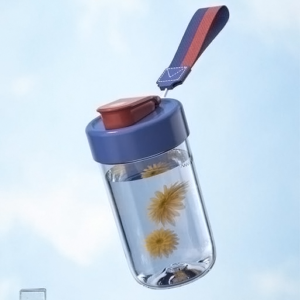
Types of Plastic Used in Water Bottles
Not all plastic bottles are created equal. The type of plastic used can affect everything from appearance and durability to safety and cost. Here’s a breakdown of the most common materials and what sets each apart:
1. PP (Polypropylene)
PP bottles are usually semi-transparent or matte with simple, functional designs. They’re lightweight, BPA-free, and safe for hot liquids—making them microwave- and dishwasher-friendly. Thanks to their strong chemical stability, they don’t react with most drinks, and they’re a popular choice for everyday use.
Pros: Affordable, food-safe, heat-resistant, ideal for frequent use.
Cons: Medium hardness, can scratch over time, and lacks the premium look of higher-end plastics.
Best for: Commuters, families, budget-conscious buyers, and businesses looking for cost-effective promotional gifts.
Price range: Low to mid-range.
2. Tritan (Co-Polyester)
Tritan water bottles offer a crystal-clear, glass-like look with excellent durability. They’re BPA-free and certified by the FDA, which is why they’re often used in baby bottles. Tritan resists stains, odors, and impact—making it perfect for people who want both style and safety in one.
Pros: High transparency, tough and shatter-resistant, safe for acidic drinks, easy to clean, no lingering smells.
Cons: Higher material cost.
Best for: Health-conscious users, parents, gift buyers, and brands targeting the premium market.
Price range: Mid to high-end.
3. Other Common Plastics
-
PE (Polyethylene):
Soft, flexible, and cheap. PE bottles are often used for temporary or disposable products. They’re not great with heat and can deform easily, so they’re best for cold or room-temperature drinks. -
PC (Polycarbonate):
Once popular for sports bottles thanks to its strength and clarity, PC has fallen out of favor due to concerns about BPA and UV sensitivity. When exposed to heat or sunlight, it may release harmful chemicals. Still found in some low-cost items, but gradually being replaced by safer alternatives like Tritan. -
PS (Polystyrene):
Clear but brittle, PS isn’t heat-resistant and breaks easily. It’s mostly used in short-term or promotional items like dessert cups and give-away bottles.
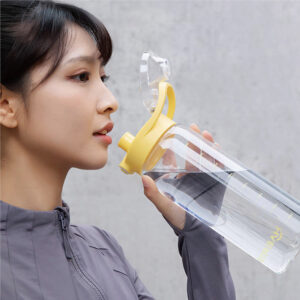
For brands and retailers, the choice between PP and Tritan isn’t just about material—it’s about matching the right product to the right customer.
PP is all about making safety accessible. It offers a low-cost, BPA-free, heat-resistant solution that meets everyday hydration needs. Its affordability makes it the go-to material for mass-market products.
Tritan, on the other hand, is where consumers are willing to pay for peace of mind. With its premium look and trusted safety credentials, it appeals to families and individuals who value health, durability, and aesthetics—especially in markets where quality and lifestyle are top priorities.
Understanding this balance between cost and positioning is key to building a smart product lineup. Let PP cover the entry-level essentials, while Tritan unlocks opportunities at the premium end. That way, every price point has a material that fits.
Beyond the Material: What Really Matters
Material and cost are important—but they’re just part of the picture. A smart plastic bottle choice should also take into account the user’s needs, product positioning, and supply chain capabilities. Here are a few key factors that help guide the right decision:
1. Usage Scenarios
Different situations call for different bottle features:
-
For babies and toddlers: Safety and hygiene come first. Tritan is ideal thanks to its heat resistance and easy-to-clean surface. Look for baby-friendly features like anti-choke straws and rounded edges.
-
For sports and fitness: Durability and portability are key. Tritan’s impact resistance is a strong advantage, especially when paired with non-slip grips, one-handed lids, and fast-flow spouts.
-
For office or business use: A sleek, minimalist look is often preferred. Tritan’s high transparency and clean design work well here, especially when paired with car cup holder-friendly dimensions, anti-fingerprint coatings, and subtle branding.
2. Durability and Performance
PP performs well with hot liquids (up to 110°C), making it great for home or work use. Tritan, with its superior toughness and crack resistance, is better suited for people who carry their bottles on the go or use them in active settings. Choose materials based on temperature needs, handling frequency, and exposure to wear and tear.
3. Production Volume and Lead Time
-
For small-batch, high-end customization: Think corporate gifts or premium branding projects. In these cases, perceived quality matters more than minimizing cost. Tritan’s clarity, baby-safe certifications, and odor-free nature make it ideal for creating bottles that feel high-end and trustworthy—helping justify a higher retail price.
-
For large-scale mass production: Efficiency and cost control are top priorities. PP is the go-to here. It’s affordable, easy to mold, and supports high-speed automation with multi-cavity molds and streamlined assembly lines. This keeps unit costs low and enables aggressive pricing strategies for mass-market products.
For brands and retailers, it’s also important to match the bottle to your specific needs. Lightweight and durable plastic bottles are ideal for outdoor sports, while sleek, professional designs are better suited for office use. Choosing products from trusted brands or a water bottle supplier with a proven track record of quality and safety is another critical factor. Customized Tritan bottles are an excellent choice, offering transparency, impact resistance, and BPA-free safety. Their durability and heat resistance also make them a top pick for families and active lifestyles.
Choosing the right plastic bottle supplier means balancing function, form, and feasibility, not just focusing on the material itself. By aligning product features with how and where the bottle will be used, and matching that with the right production strategy, brands can avoid a one-size-fits-all approach and create offerings that truly resonate with their target market.


